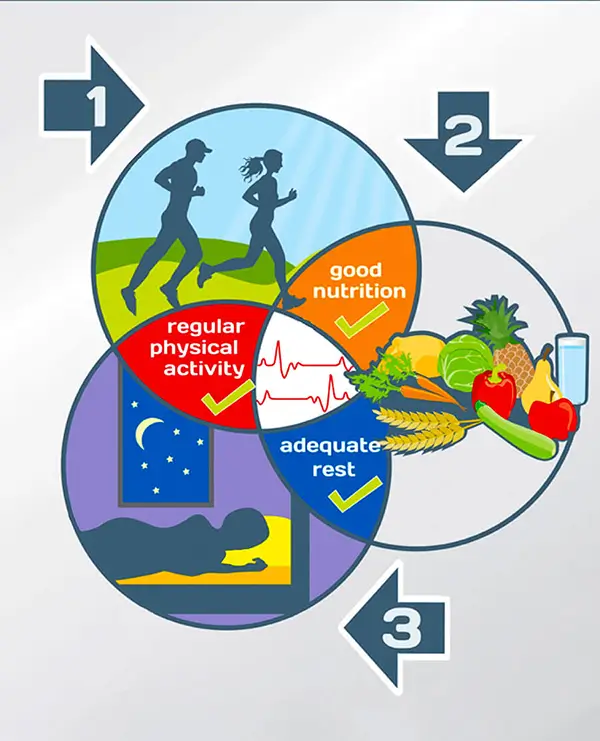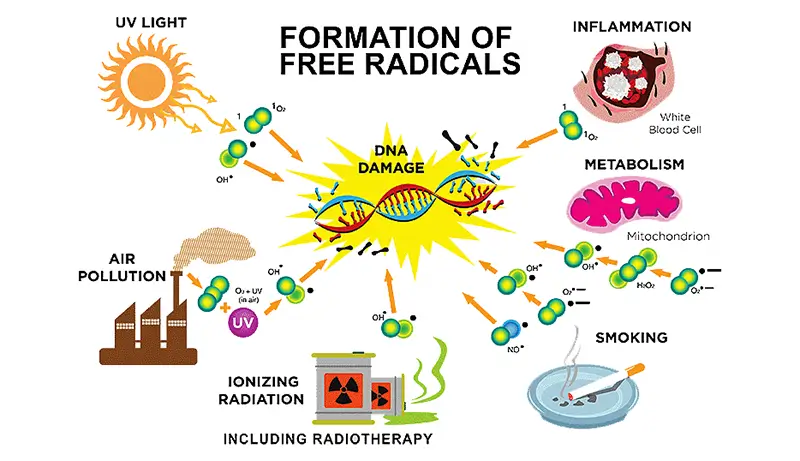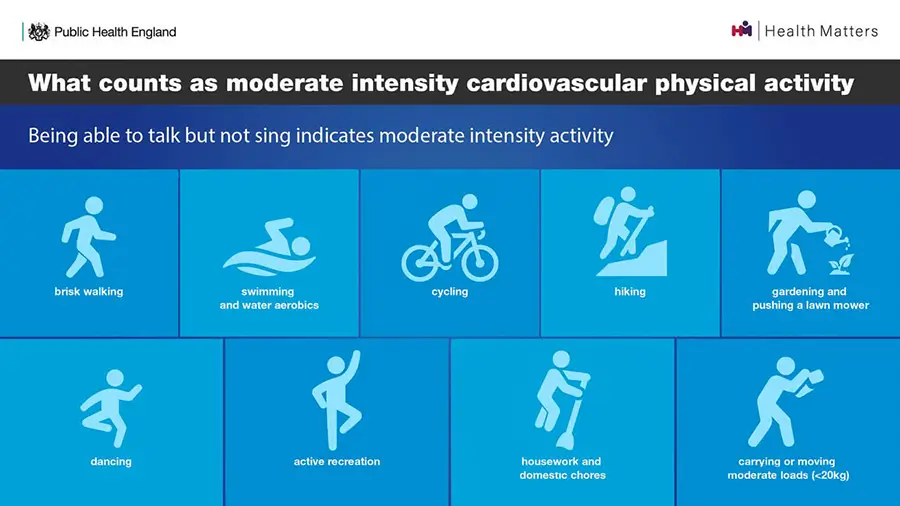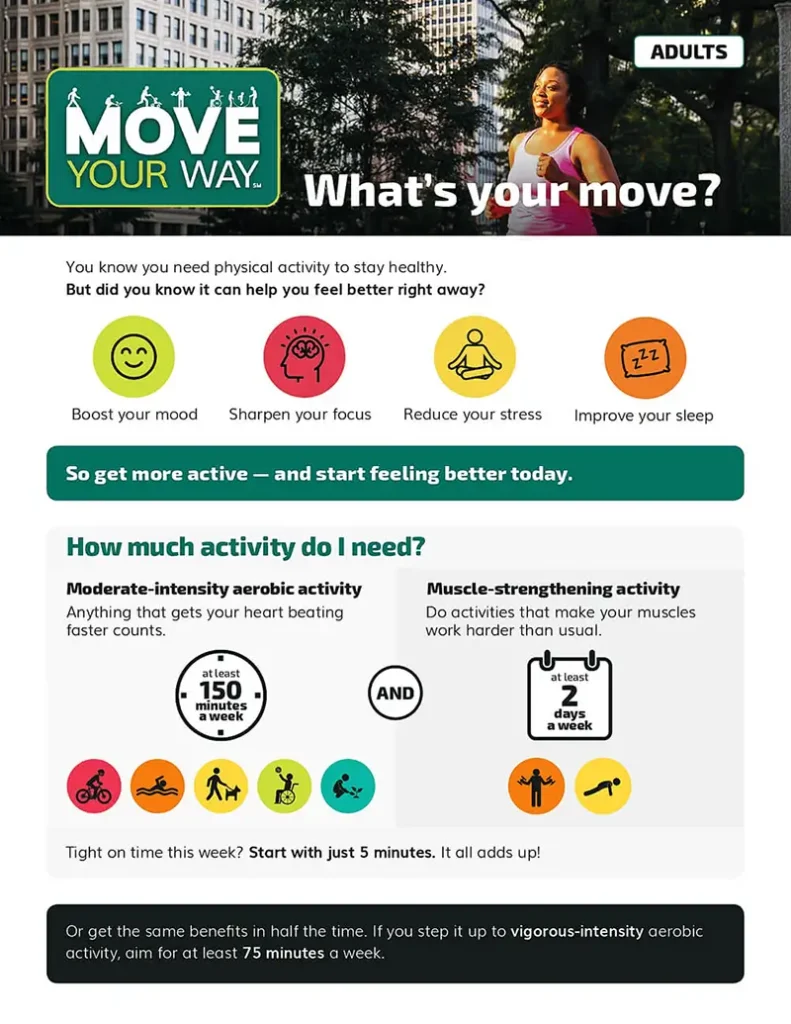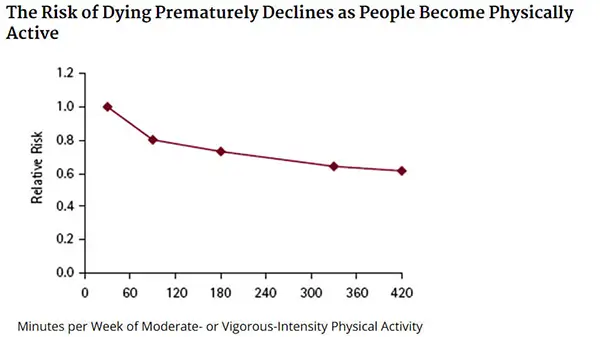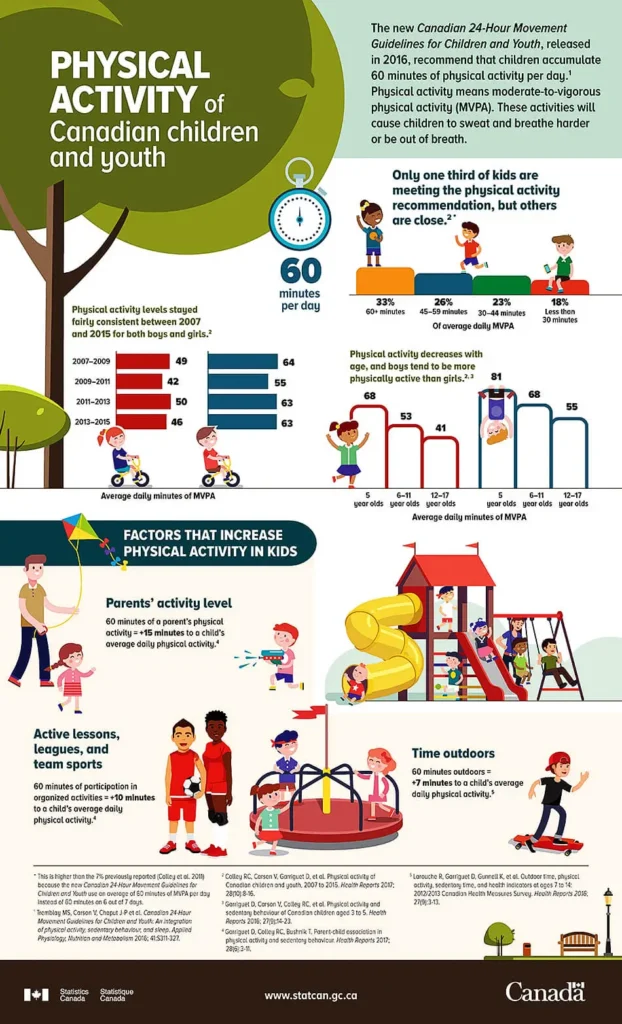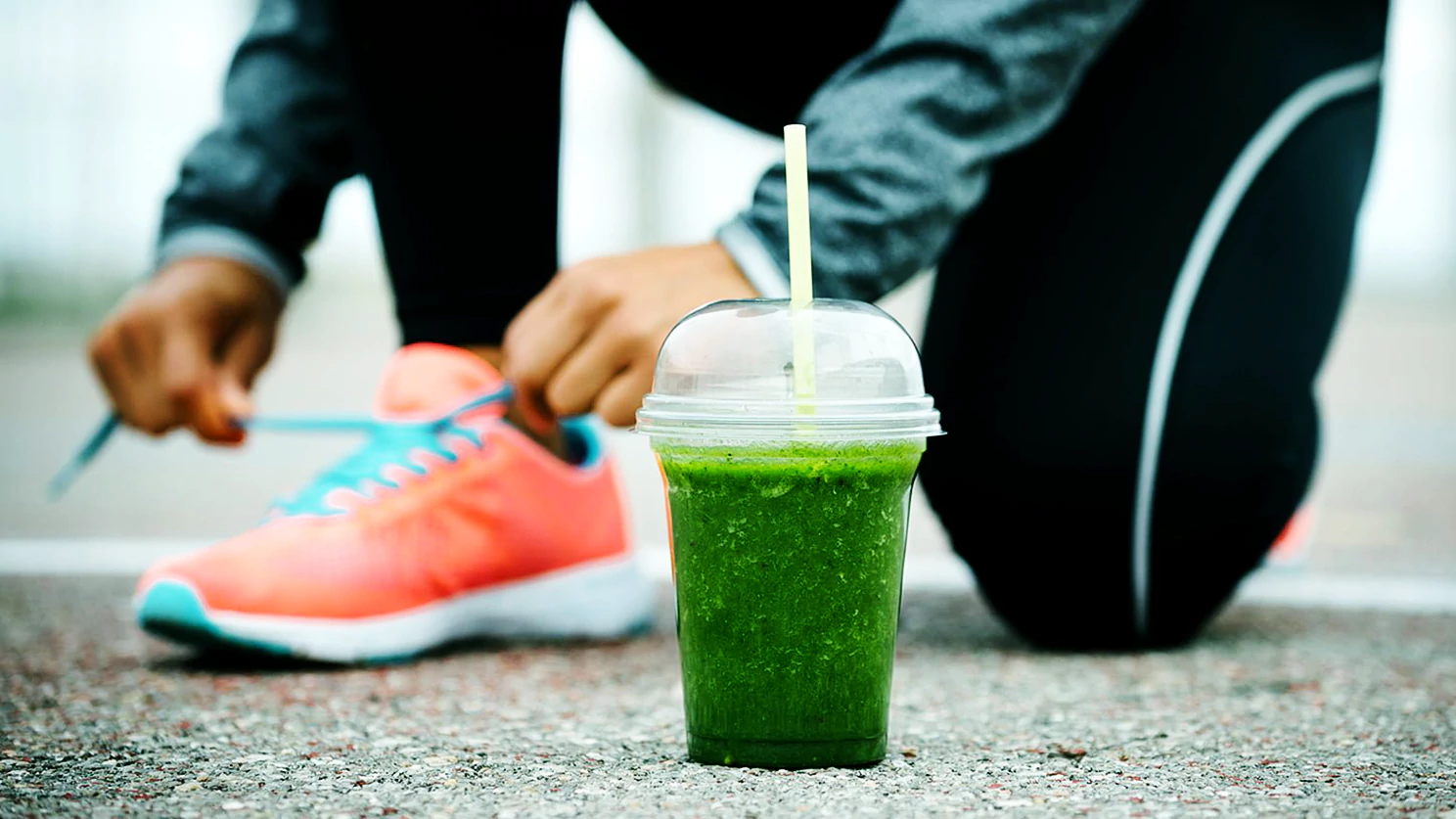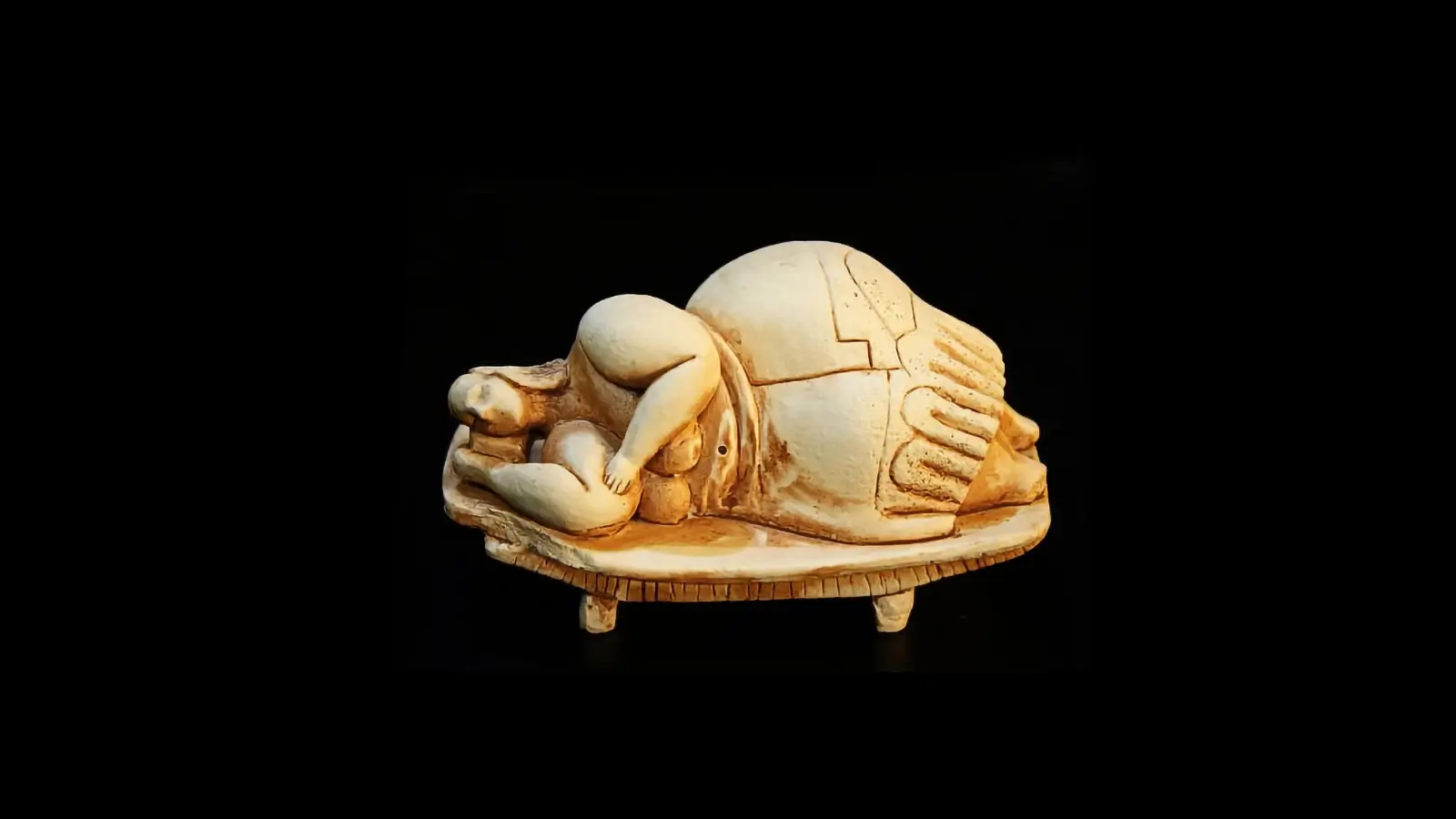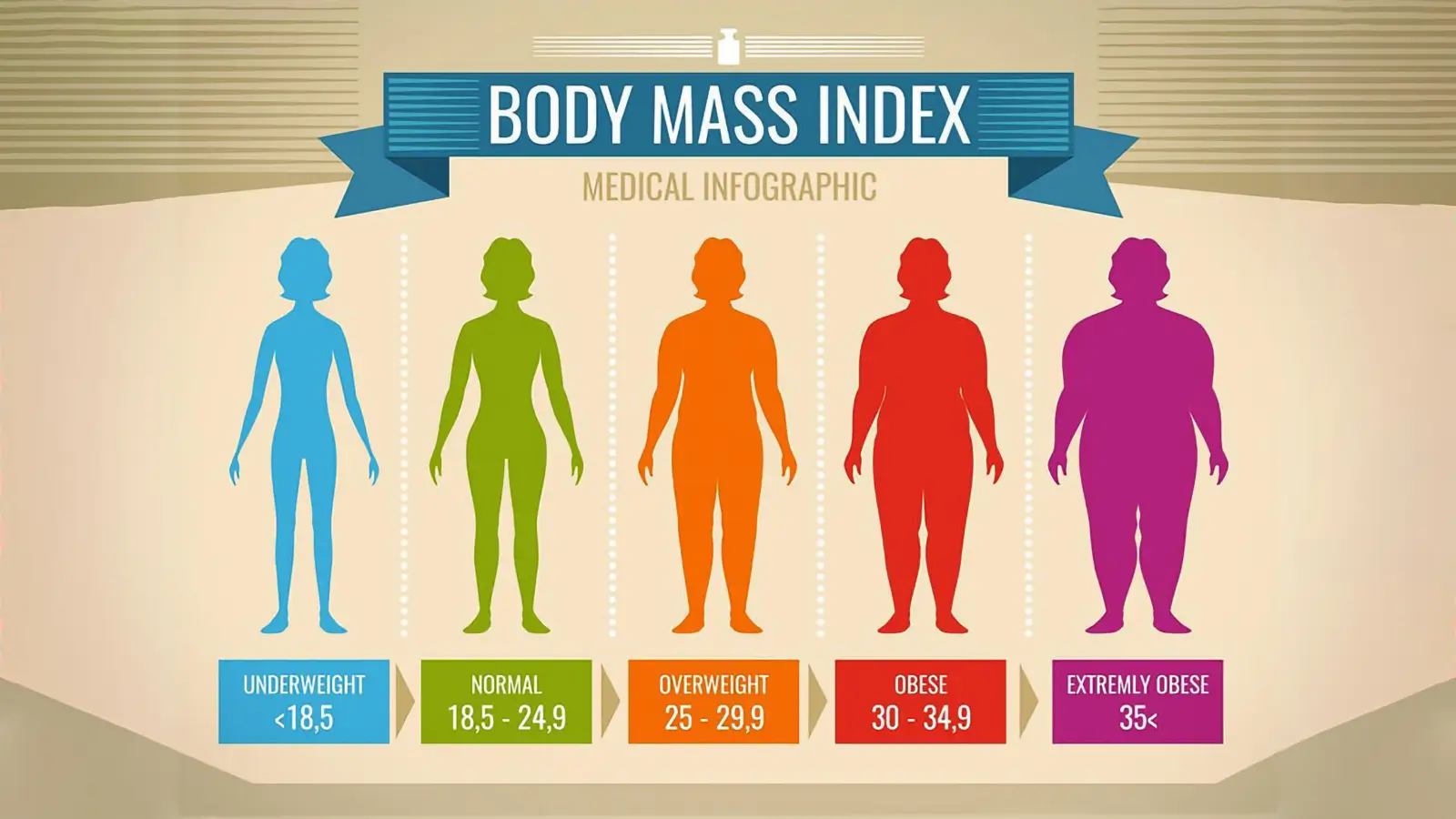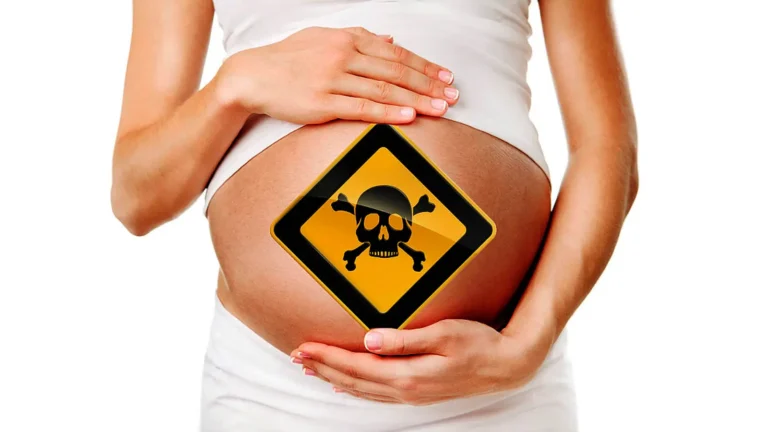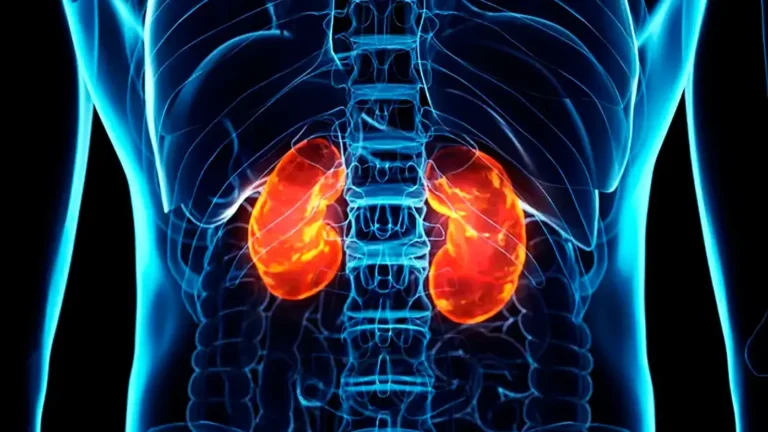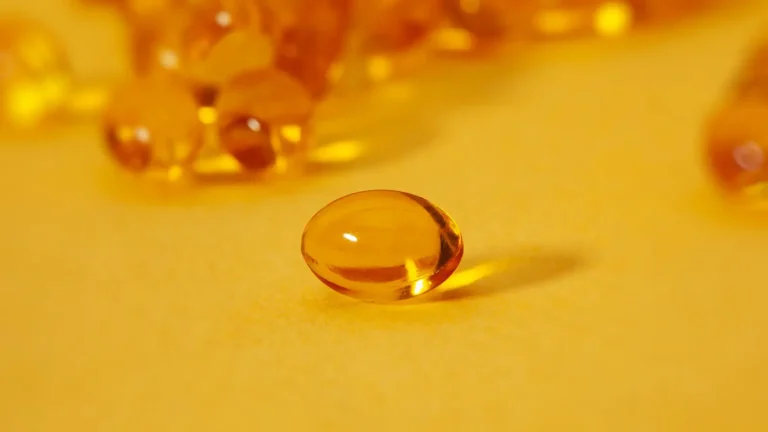Exercise- Why exactly do we need it?
In the health community, exercise has almost a mythical status as one of the best things you can do for yourself except for avoidance of smoking.
Milos Pokimica
Written By: Milos Pokimica
Medically Reviewed by: Dr. Xiùying Wáng, M.D.
Updated June 9, 2023We all know that training or exercise of any sort is healthy for us. Medical doctors like to talk a lot about prevention and a big part of prevention will come down to exercise, weight management, and refined food avoidance. It is so important that we have physical activity in schools. We have different kinds of sports. We have soccer and basketball professional leagues for watching in leisure time, even the Olympic Games. We glorify professional athletes as role models for our children. Even our dog gets agitated if he does not receive his daily dose of walking.
In health, community exercising has almost a mythical status as one of the best things you can do for yourself except to avoidance of smoking. In reality, when we look at scientific data diet is the number one killer and most important health intervention. Only after diet, there are other risk factors associated with physical inactivity and bad habits like smoking.
Pushing the belief that physical inactivity is the biggest public health problem of the 21st century is not completely truthful.
Physical inactivity barely makes it in the top ten leading causes of death in the world. Diet is number one and smoking is number two. This doesn’t mean however that exercise is not important. It just means that there are more important lifestyle changes that are affecting the quality of life in a more severe way.
Diet is absolutely number one. The problem we have is that food is an addictive substance and dietary habits cannot be so easily changed. People would just refuse to change their behavior. Exercise is pushed as a holy grail for that one reason. People are addicted to food and exercise unlike dieting can create a lot of profit from professional sports to supplements. There isn’t much money to be made out of carrots.
Promoting a whole food plant-based diet is everything except a money-making machine. Big pharma is a big business and so is the supplement industry. Exercise is a cost-effective and proven way to reduce mortality. Cost-effective means it does not lower the profits of existing businesses and most importantly a way that people can accept. This doesn’t mean that it is not as important as a preventive measure. In real life, it will provide a substantial benefit. And yes we all should exercise.
By why?
That is the first question we should know. Well, it is not because exercise itself is healthy. It is a stressful, painful experience full of sweat and the possibility of injuries that increases oxidative stress and leads to the creation of free radical DNA damage. There are no animal species in nature that likes to “exercise”. There is nothing romantic in hunting or foraging for food. It is an existential necessity that is forced. When we exercise what we essentially are doing is that we are simulating an environment in which our ancestors have evolved. It is a form of self-inflicted pain. Pain that just by itself is not healthy and will create DNA damage due to the excessive production of free radicals due to increased oxygen consumption.
If free radicals damage DNA and exercise leads to the creation of free radicals then how can it be that physical activity can be healthy?
It is because our hominin ancestors lived by foraging. That created evolutionary adaptations in our biology. Physical activity was an essential component of their survival. You do not forage, you do not find food, and you die. It is that simple. The only reason exercise is healthy is because in a million years of evolution our body adapted to it. Our body expects it as a normal part of life.
When we do not exercise we are out of balance with our physiology, and when we do, we give our bodies what they are expecting. When we go to the gym or do any other exercise like running on the treadmill, what we are doing is that we are simulating the conditions in the habitat of our hominin ancestors.
When we look for scientific research about exercise, what will we find? Does exercise matter or it is just something to help us lose weight more rapidly? What we find is that individuals with low levels of physical activity are at higher risk of many different kinds of diseases like heart disease, cancer, Alzheimer’s disease, and also early death by any cause. Long before that, inactivity increase lower-back pain worsens arthritis symptoms and leads to anxiety. Exercise can help with lowering the risk of early death, high blood pressure, stroke, coronary heart disease, adverse blood lipid profile, type 2 diabetes, metabolic syndrome, colon cancer, breast cancer, depression, and can increase cognitive and mental health, sleep quality, immune system function and longevity.
There are a couple of main benefits of physical activity. The first and main one will be its effects on the cardiovascular system. You are probably doing to do some “cardio” in the gym.
When we exercise, the heart starts to contract forcefully and frequently. That will increase blood flow through the arteries and allow our muscles to use more oxygen. An increase in blood flow will cause subtle changes in the autonomic nervous system, which controls the contraction and relaxation of these vessels. This adaptation leads to lowering blood pressure, a more variable heart rate meaning the ability of the heart to slow down or increase contractions when needed and a lower resting heart rate overall which means increased efficacy of the cardiovascular system with fewer beats to pump blood through the body. All aspects have an impact on lowering cardiovascular disease.
Exercise also lowers inflammation associated with the cardiovascular system. Exercise in research was able to cause around a 30 percent dip in C-reactive protein levels, a marker of inflammation. Thirty percent drop is about the same drop that statin (the cholesterol drug) is able to cause. It beefs up the body’s immune system and wards off cancer and other diseases.
One of the main benefits will also be an increase in insulin sensitivity. When someone runs, muscle contractions will increase the production of adenosine monophosphate-activated protein kinase (AMPK). This is an enzyme that promotes the breakdown of fats that can interfere with the cell’s glucose transporters. AMPK can help in preventing type 2 diabetes.
Research in rats shows that physical exercise boosts BDNF (brain-derived neurotrophic factor). BDNF is an essential factor in learning and memory. BDNF helps rats to remember how to navigate their way through mazes, and similar activity can be assumed in humans.
Exercise will help to maintain bone mass and will reduce the risk of osteoporosis. Bones become stronger when forced to adapt to bear more weight than usual.
The Department of Health and Human Services (HHS) monitors this kind of research and releases periodically its Physical Activity Guidelines for Americans. Recommendations are that:
“Adults between the ages of 18 and 64 exercise moderately (walking) for at least two hours and 30 minutes or vigorously (running, swimming, or cycling ten mph or faster) for at least an hour and 15 minutes weekly”.
That is about 11 minutes of running a day on the treadmill. For people who do not understand how to read this kind of release, the keyword is for at least. The more is better. They are recommending what they think may be achievable. When we look at their charts of the correlation between exercise and premature death all we can see is just a steady linear drop.
If we exercise 180 minutes a week, we will have a 27% lower risk but if we exercise 420 minutes a week will have a 38.5% lower risk, and this kind of correlation is found in all studies and systematic reviews and meta-analyses of cohort studies. In one study (Mok et al., 2019) they reviewed 22 studies that met inclusion criteria. A study containing 977,925 individuals (334,738 men and 643,187 women) and found that 2.5h/week (equivalent to 30min daily for 5 days a week) compared with no activity was correlated with a decrease in mortality risk of 19%, while 7h/week of moderate activity compared with no activity reduced the mortality risk by 24%.
The conclusion was that:
“Being physically active reduces the risk of all-cause mortality.”
Going from no activity to a small amount was found to provide the most significant amount of benefit.
However, that does not mean that if we are active that there is no additional benefit. Even at high levels of activity benefits still, accrue from the additional activity. The more and the longer the exercise, the more benefits.
References:
- Mok, A., Khaw, K., Luben, R., Wareham, N. J., & Brage, S. (2019). Physical activity trajectories and mortality: population based cohort study. BMJ, l2323. https://doi.org/10.1136/bmj.l2323
- Arem, H., Moore, S. C., Patel, A., Hartge, P., Berrington de Gonzalez, A., Visvanathan, K., Campbell, P. T., Freedman, M., Weiderpass, E., Adami, H. O., Linet, M. S., Lee, I. M., & Matthews, C. E. (2015). Leisure time physical activity and mortality: a detailed pooled analysis of the dose-response relationship. JAMA internal medicine, 175(6), 959–967. https://doi.org/10.1001/jamainternmed.2015.0533
- Woodcock, J., Franco, O. H., Orsini, N., & Roberts, I. (2011). Non-vigorous physical activity and all-cause mortality: Systematic review and meta-analysis of cohort studies. International Journal of Epidemiology, 40(1), 121-138. https://doi.org/10.1093/ije/dyq104
Do you have any questions about nutrition and health?
I would love to hear from you and answer them in my next post. I appreciate your input and opinion and I look forward to hearing from you soon. I also invite you to follow us on Facebook, Instagram, and Pinterest for more diet, nutrition, and health content. You can leave a comment there and connect with other health enthusiasts, share your tips and experiences, and get support and encouragement from our team and community.
I hope that this post was informative and enjoyable for you and that you are prepared to apply the insights you learned. If you found this post helpful, please share it with your friends and family who might also benefit from it. You never know who might need some guidance and support on their health journey.
– You Might Also Like –

Learn About Nutrition
Milos Pokimica is a doctor of natural medicine, clinical nutritionist, medical health and nutrition writer, and nutritional science advisor. Author of the book series Go Vegan? Review of Science, he also operates the natural health website GoVeganWay.com
Medical Disclaimer
GoVeganWay.com brings you reviews of the latest nutrition and health-related research. The information provided represents the personal opinion of the author and is not intended nor implied to be a substitute for professional medical advice, diagnosis, or treatment. The information provided is for informational purposes only and is not intended to serve as a substitute for the consultation, diagnosis, and/or medical treatment of a qualified physician or healthcare provider.NEVER DISREGARD PROFESSIONAL MEDICAL ADVICE OR DELAY SEEKING MEDICAL TREATMENT BECAUSE OF SOMETHING YOU HAVE READ ON OR ACCESSED THROUGH GoVeganWay.com
NEVER APPLY ANY LIFESTYLE CHANGES OR ANY CHANGES AT ALL AS A CONSEQUENCE OF SOMETHING YOU HAVE READ IN GoVeganWay.com BEFORE CONSULTING LICENCED MEDICAL PRACTITIONER.
In the event of a medical emergency, call a doctor or 911 immediately. GoVeganWay.com does not recommend or endorse any specific groups, organizations, tests, physicians, products, procedures, opinions, or other information that may be mentioned inside.
Editor Picks –
Milos Pokimica is a health and nutrition writer and nutritional science advisor. Author of the book series Go Vegan? Review of Science, he also operates the natural health website GoVeganWay.com
Latest Articles –
Top Health News — ScienceDaily
- This cancer-fighting molecule took 50 years to buildon December 22, 2025
MIT scientists have achieved the first-ever lab synthesis of verticillin A, a complex fungal compound discovered in 1970. Its delicate structure stalled chemists for decades, despite differing from related molecules by only two atoms. With the synthesis finally complete, researchers created new variants that showed strong activity against a rare pediatric brain cancer. The breakthrough could unlock an entire class of previously unreachable cancer-fighting molecules.
- A new drug could stop Alzheimer’s before memory loss beginson December 22, 2025
New research suggests Alzheimer’s may start far earlier than previously thought, driven by a hidden toxic protein in the brain. Scientists found that an experimental drug, NU-9, blocks this early damage in mice and reduces inflammation linked to disease progression. The treatment was given before symptoms appeared, targeting the disease at its earliest stage. Researchers say this approach could reshape how Alzheimer’s is prevented and treated.
- Why one long walk may be better than many short oneson December 22, 2025
How you walk may matter just as much as how much you walk. A large UK study tracking more than 33,000 low-activity adults found that people who grouped their daily steps into longer, uninterrupted walks had dramatically lower risks of early death and heart disease than those who moved in short, scattered bursts.
- Parkinson’s breakthrough changes what we know about dopamineon December 22, 2025
A new study shows dopamine isn’t the brain’s movement “gas pedal” after all. Instead of setting speed or strength, it quietly enables movement in the background, much like oil in an engine. When scientists manipulated dopamine during movement, nothing changed—but restoring baseline dopamine levels made a big difference. The finding could reshape how Parkinson’s disease is treated.
- A traditional Brazilian plant shows unexpected strength against arthritison December 22, 2025
A Brazilian study has confirmed that Joseph’s Coat, a plant used for generations in folk medicine, can significantly reduce inflammation and arthritis symptoms in lab tests. Researchers observed less swelling, healthier joints, and signs of tissue protection. Just as important, the extract showed a promising safety profile at tested doses. The discovery could pave the way for new plant-based anti-inflammatory treatments.
- Study links full-fat cheese to lower dementia riskon December 22, 2025
Eating full-fat cheese and cream may be associated with a lower risk of dementia, according to a large study that tracked people for more than 25 years. Those who consumed higher amounts of these foods developed dementia less often than those who ate little or none. Interestingly, low-fat dairy products did not show the same pattern. Researchers caution that the findings show an association, not cause and effect.
- Science says we’ve been nurturing “gifted” kids all wrongon December 21, 2025
A major international review has upended long-held ideas about how top performers are made. By analyzing nearly 35,000 elite achievers across science, music, chess, and sports, researchers found that early stars rarely become adult superstars. Most world-class performers developed slowly and explored multiple fields before specializing. The message is clear: talent grows through variety, not narrow focus.
PubMed, #vegan-diet –
- Comparing diet-related attitudes, perceptions, and behaviors of vegan and omnivorous adults: results from a cross-sectional survey study in Germanyon December 22, 2025
CONCLUSION: The findings are consistent with and build on existing research on cognitive and behavioral patterns related to a vegan diet, while at the same time yielding some additional insights. In particular, the results on significant differences in the risk-benefit perception of a vegan diet, as well as on motivations and influences regarding the decision to follow a vegan diet provide an important basis for the development of public health interventions and a foundation for further […]
- Assessment of vitamin A, vitamin B2, vitamin B12, vitamin K, folate, and choline status following 4 months of multinutrient supplementation in healthy vegans: a randomised,…on December 19, 2025
CONCLUSION: A multinutrient supplement containing 82 µg of vitamin B(12) per day significantly positively affected vitamin B(12) blood biomarkers in healthy vegans.
- Exploring the synergistic potential of pH and ultrasonication on the functional properties of pea and lentil protein isolates and its formulation in food producton December 15, 2025
The substitution of meat proteins with plant-based proteins from various sources is often motivated by nutritional considerations. However, the inherent limited solubility of plant proteins, which results in suboptimal techno-functional properties, remains a persistent challenge in food formulation. The purpose of this study was to utilize unique properties of pea (Pisum sativum L.) and lentil (Lens culinaris) through ultrasonication and pH variation in order to develop a stable and […]
- Healthful and Unhealthful Plant-Based Diets and Their Association with Cardiometabolic Targets in Women Diagnosed with Breast Cancer: A Cross-Sectional Analysis of a Lifestyle Trialon December 11, 2025
CONCLUSIONS: Maintaining cardiometabolic risk factors within normal ranges is clinically relevant in BCS, and this may be more likely when a plant-based diet is consumed, especially if low in unhealthy plant foods.
- Functional and Nutritional Properties of Lion’s Mane Mushrooms in Oat-Based Desserts for Dysphagia and Healthy Ageingon December 11, 2025
Hericium erinaceus (Lion’s Mane mushroom) is a medicinal species recognised for its neuroprotective and antioxidant properties. This study investigated its potential as a functional ingredient in oat milk-based desserts formulated for individuals with dysphagia. Freeze-dried Lion’s Mane powder (LMP), containing high-quality protein (~16%, amino acid score 88%), dietary fibre (~31%), and phenolic compounds (72.15 mg GAE/g), was incorporated at varying levels using gelatin or iota-carrageenan […]
Random Posts –
Featured Posts –
Latest from PubMed, #plant-based diet –
- Associations Between Healthy and Plant-Based Dietary Patterns and Cognitive Reserve: A Cross-Sectional Analysis of the 1946 British Birth Cohortby Kelly C Cara on December 23, 2025
CONCLUSIONS: CR was positively associated with healthy dietary patterns and inversely associated with unhealthful plant-based dietary patterns. Diet uniquely explained variations in CR and should be considered among influential lifestyle factors in future research. Longitudinal analyses are needed to confirm these findings.
- Dietary quercetagetin attenuates H2O2-induced oxidative damage and preserves meat quality in broilers by modulating redox status and Nrf2/ferroptosis signaling pathwayby Wenyue Hu on December 22, 2025
In modern poultry production, oxidative stress has emerged as a pivotal factor compromising the health status and overall performance of broiler. The aim of this study was to investigate the effects of dietary quercetagetin (QG) supplementation on hydrogen peroxide (H(2)O(2))-induced oxidative damage in breast muscle of broilers, focusing on growth performance, meat quality, and antioxidant function, and elucidating the underlying mechanisms. Two hundred and forty one-day-old Cobb broilers […]
- Effects of dietary selenium supplementation on physiological parameters, tissue fatty acid composition, and fatty acid-metabolism relative gene expression of grouper (Epinephelus coioides) fed high…by Yen-Chun Lee on December 22, 2025
The present study evaluated the effects of dietary selenium (Se) supplementation on growth performance, physiological responses, tissue fatty acid profiles, and the expression of genes related to fatty acid metabolism in juvenile grouper (Epinephelus coioides). A control diet based on soy protein concentrate, replacing 40% of the fish meal protein, was supplemented with graded levels of Se at 0, 0.3, 0.6, and 1.0 mg Se kg^(-1). A fish meal-based reference diet was also included for […]
- Unravelling the interaction between feeding regimens and milking time in Parmigiano Reggiano PDO milk: an integrated metabolomics and ion mobility lipidomics approachby Pier Paolo Becchi on December 22, 2025
In this study, an integrated approach based on UHPLC-HRMS metabolomics and IM-HRMS lipidomics has been carried out to unravel the interaction between feeding and milking time in the overall chemical profile of Parmigiano Reggiano (PR) milk. Specifically, ANOVA multiblock OPLS (AMOPLS) modelling revealed the complementarity of the assays in combining the effect of these two critical parameters. In particular, metabolomics highlighted the presence of plant-derived compounds (mainly terpenoids […]
- Comparing diet-related attitudes, perceptions, and behaviors of vegan and omnivorous adults: results from a cross-sectional survey study in Germanyby Dan Borzekowski on December 22, 2025
CONCLUSION: The findings are consistent with and build on existing research on cognitive and behavioral patterns related to a vegan diet, while at the same time yielding some additional insights. In particular, the results on significant differences in the risk-benefit perception of a vegan diet, as well as on motivations and influences regarding the decision to follow a vegan diet provide an important basis for the development of public health interventions and a foundation for further […]
- The effect of dietary interventions on peripheral markers of inflammation among people with multiple sclerosis: A systematic review and meta-analysis of randomized controlled trialsby Wade R Pingel on December 21, 2025
CONCLUSIONS: Several dietary interventions may reduce systemic inflammation in PwMS, with greater effects in longer-duration interventions. Calorie-restricted diets did not significantly alter adipokines. Given the limited number and heterogeneity of studies, larger and longer RCTs using comparable dietary interventions are needed to confirm these findings.
